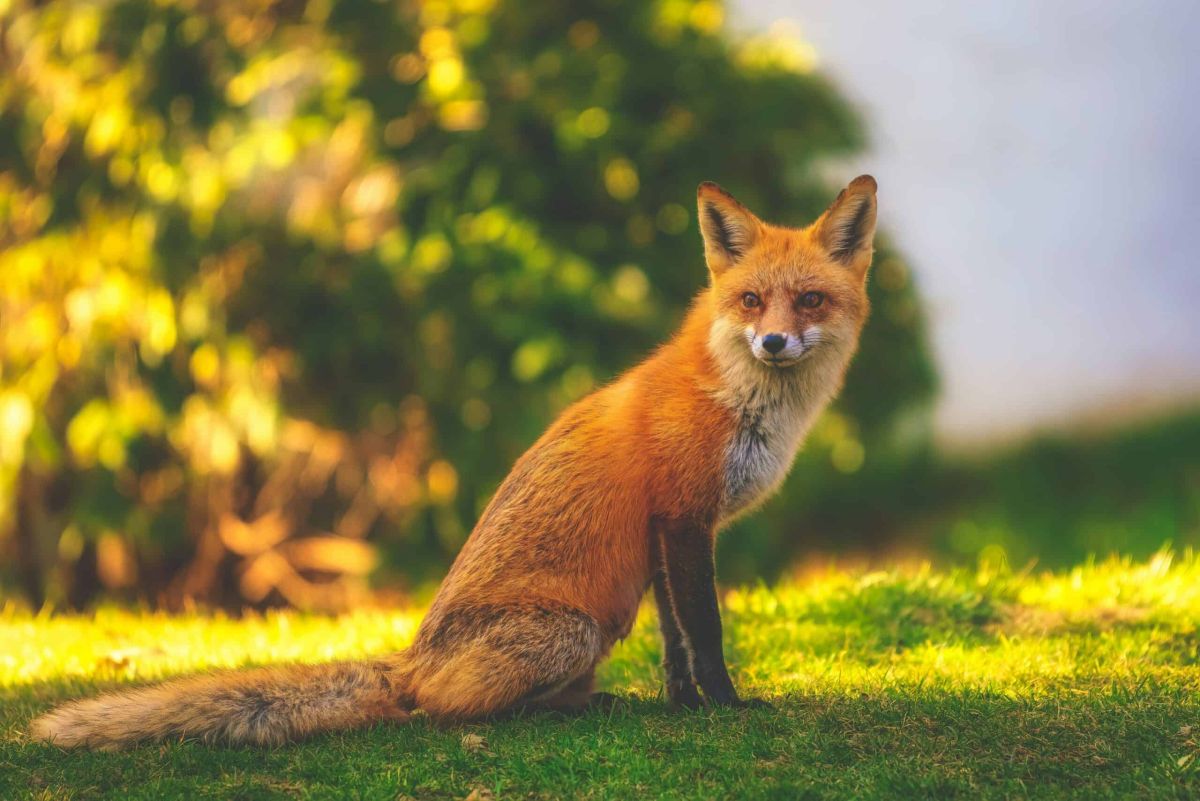Red Foxes: Nature’s Cunning Canids

Red foxes (Vulpes vulpes) are among the most adaptable and widespread terrestrial mammals. With their striking reddish fur, bushy tails, and sharp, keen features, they embody the essence of wild beauty. Often regarded as symbols of cunning in folklore and popular culture, these creatures are not just fascinating to observe but play crucial roles in ecosystems around the world. In this article, we delve into the life and habits of red foxes, exploring their habitats, diet, social behavior, and conservation status.
Physical Characteristics
Red foxes are distinguished by their vibrant reddish-orange coats, which can vary in color from light ginger to deep russet. They have white-tipped tails, black markings on their legs and ears, and a light underbelly. Adult red foxes typically weigh between 8 to 15 pounds, with males generally being larger than females. Their physical agility and keen sense of hearing make them splendid hunters, capable of leaping through the underbrush and pouncing on prey with stunning precision.
Habitat and Distribution
The red fox boasts a wide distribution, thriving in various habitats, including forests, grasslands, mountains, and even urban areas. This adaptability is one of the reasons red foxes have a global presence, occupying regions from North America to Europe, Asia, and parts of North Africa. Their ability to coexist with human populations has led to a unique niche, where they are often spotted scavenging in suburban neighborhoods or parks.
Diet and Hunting Behavior
Red foxes are opportunistic omnivores. Their diet primarily consists of small mammals, such as rodents, rabbits, and birds, but they also consume fruits, insects, and even fish when the opportunity arises. This varied diet allows them to survive in diverse environments. Red foxes are known for their clever hunting strategies; they often use their acute sense of hearing to locate prey beneath the snow, leaping high into the air before pouncing with impressive accuracy.
Social Structure and Behavior
Red foxes are generally solitary animals, but they can also form small family groups, especially during the breeding season. A typical red fox family consists of a monogamous pair and their young, known as kits. These kits are born in the spring and are cared for by both parents, who teach them essential skills for survival, such as hunting and foraging. At around six months old, the kits are fully weaned and begin to explore their surroundings independently.
Communication among red foxes is sophisticated and varied, involving vocalizations, body language, and scent markings. They produce a range of sounds, including barks, screams, and howls, particularly during the breeding season or when territory is threatened.
Conservation Status
Despite their adaptability and widespread numbers, red foxes face threats from habitat loss, hunting, and vehicle collisions. Some regions have seen population declines due to excessive hunting and trapping. They are, however, classified as “Least Concern” by the International Union for Conservation of Nature (IUCN) due to their broad distribution and overall population stability.
In urban areas, red foxes are often misperceived as problematic pests, leading to conflicts with humans. However, promoting coexistence through understanding their behavior and needs helps to mitigate these conflicts. Educating communities on the ecological role of red foxes can foster a more harmonious relationship between humans and this captivating species.
Conclusion
Red foxes are remarkable animals that embody the beauty and complexity of nature. Their adaptability, intelligence, and social structure make them a compelling subject for study and observation. As we continue to share spaces with these cunning canids, embracing a deeper understanding of their lives can lead to more effective conservation efforts and a broader appreciation for the wildlife that thrives in our midst. Whether they are darting through a meadow at dusk or hiding in the shadows of our urban environments, red foxes remain a vibrant and essential part of the natural world.



